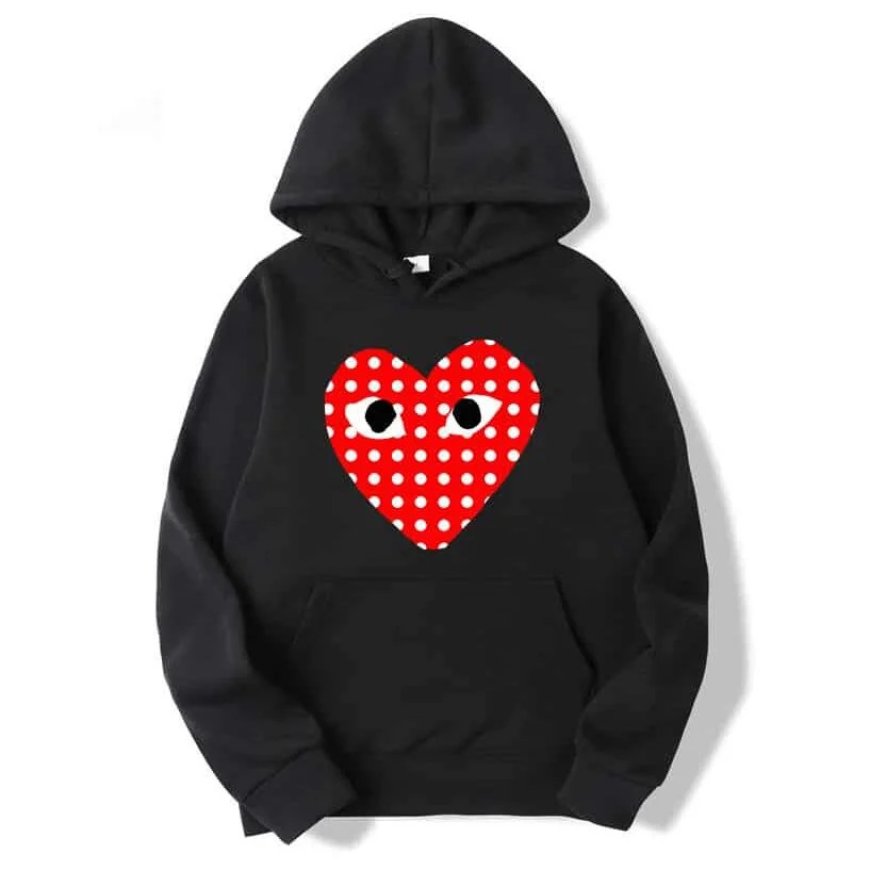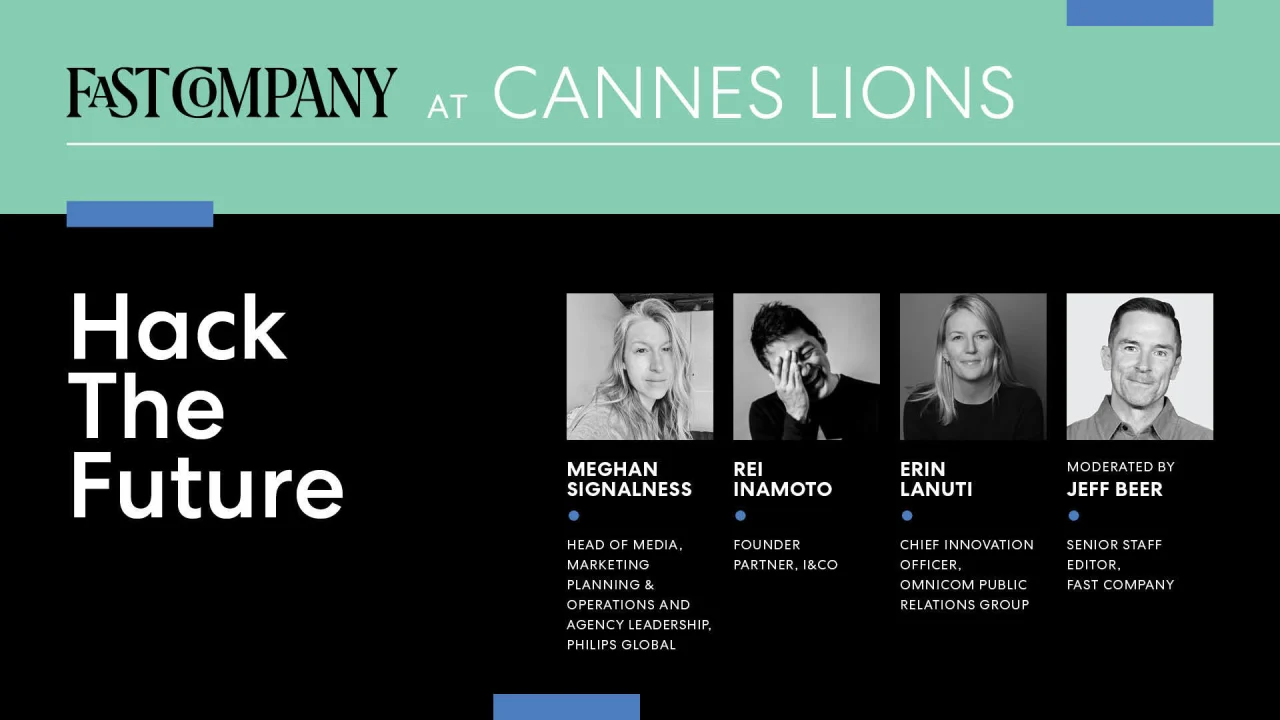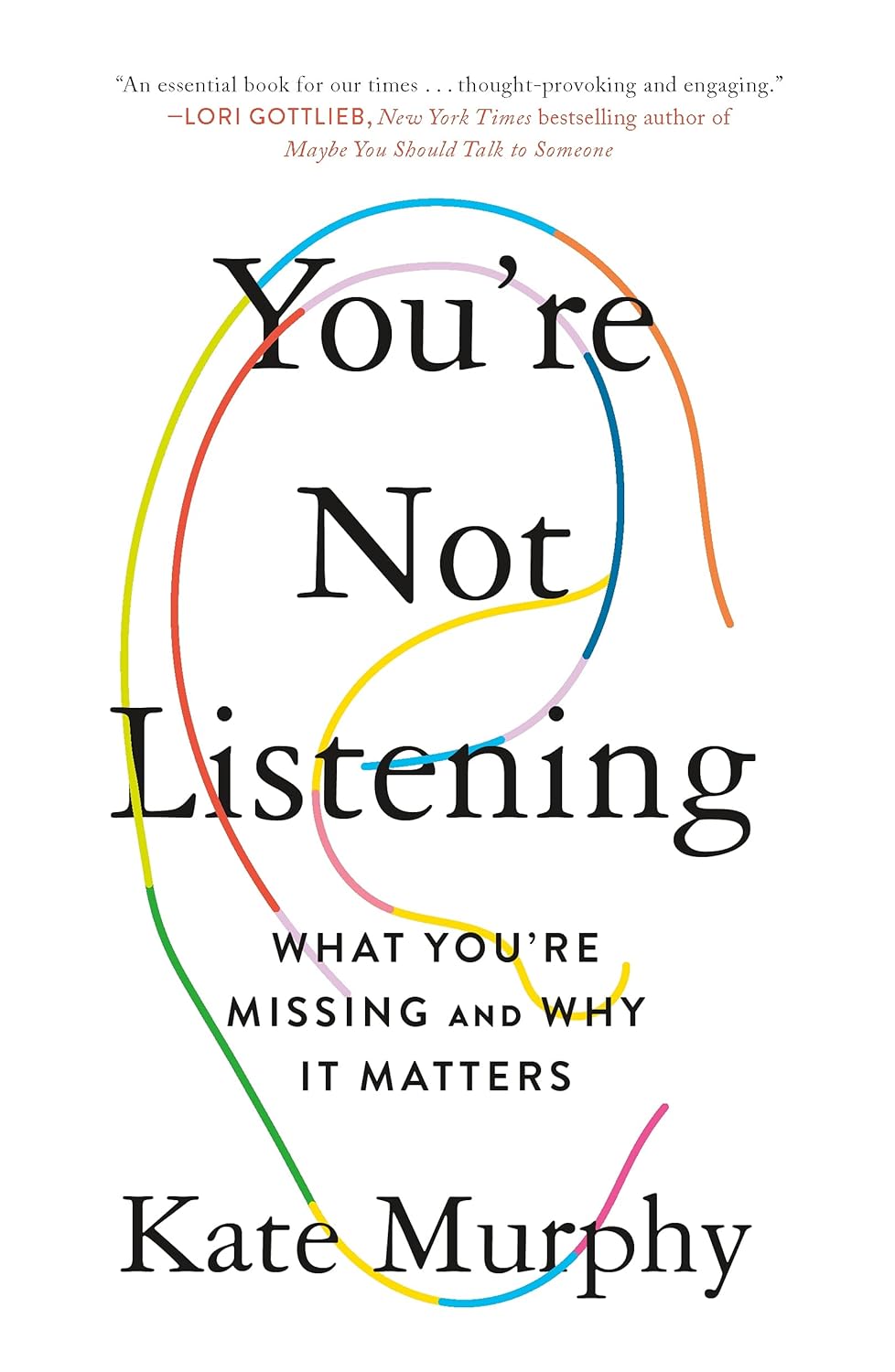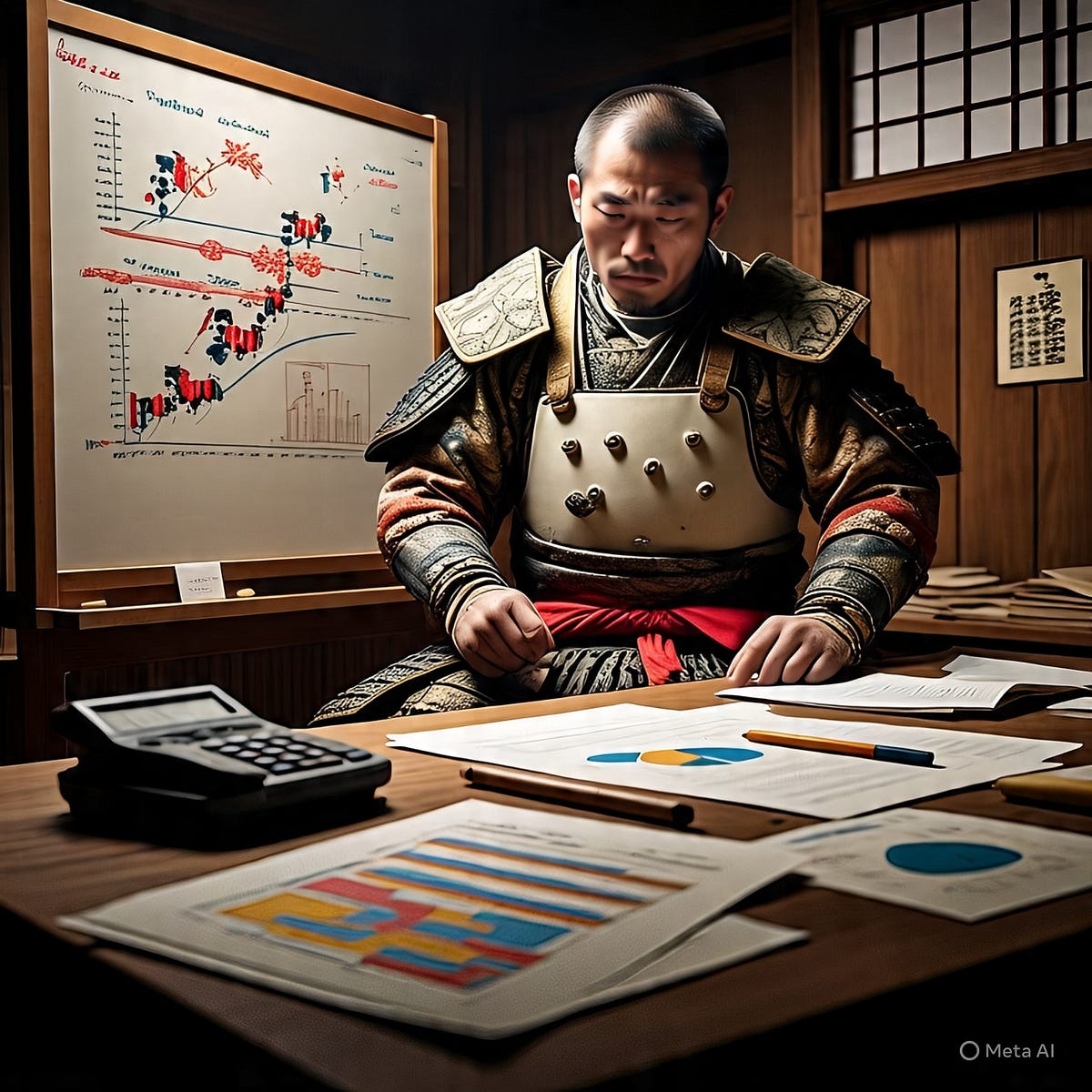The Radical Vision of Comme des Garcons
Shop the newest and finest collections of Comme des Garcons from the most coveted designers, featuring ready-to-wear, Hoodies, shoes, jackets, and Socks.

In the landscape of contemporary fashion, few brands have challenged conventions as persistently and profoundly as Comme des Garcons. Founded in Tokyo in 1969 by Rei Kawakubo—a self-taught designer with no formal fashion education—the label emerged as a radical alternative to the dominant Western fashion system. The name, translating from French as "Like Boys," hinted at Kawakubo’s subversion of traditional femininity, but it was only the first of many boundaries she would dismantle. Over five decades, Comme des Garçons has redefined what clothing can represent, transforming garments into conceptual art pieces that interrogate identity, beauty, and consumer culture.
This essay explores the multifaceted universe of Comme des Garçons, examining Kawakubo’s philosophical foundations, key collections that reshaped fashion history, the brand’s innovative business model, and its enduring influence on contemporary design. More than just a clothing line, Comme des Garçons represents a mode of thinking—one that privileges ideas over trends and permanence over fleeting relevance.
Part I: Rei Kawakubo’s Design Philosophy – The Anti-Fashion Manifesto
1. Rejecting Western Fashion Norms
Kawakubo’s work emerged during Japan’s economic boom of the 1970s, a period when Japanese designers began asserting their own aesthetic language against Parisian dominance. While contemporaries like Yohji Yamamoto and Issey Miyake also challenged Western ideals, Kawakubo’s approach was uniquely confrontational. Her early collections featured:
-
Monochromatic palettes (particularly black, which became a signature)
-
Asymmetrical, oversized silhouettes
-
Deliberately "unfinished" details (exposed seams, frayed edges)
-
Rejection of traditional tailoring
Her famous declaration—"I want to destroy the word 'fashion'"—encapsulates her disdain for seasonal trends and commercial pressures.
2. The Beauty of Imperfection
Kawakubo drew inspiration from wabi-sabi, the Japanese philosophy embracing transience and imperfection. This manifested in:
-
Intentional "flaws" (uneven hems, irregular stitching)
-
Textural contrasts (combining delicate lace with coarse fabrics)
-
Garments that age visibly, rejecting mass-produced perfection
3. Fashion as Conceptual Art
Unlike designers who begin with sketches, Kawakubo starts with abstract concepts—often expressed through cryptic titles like "Not Making Clothing" (2014) or "The Future of Silhouette" (2017). Her shows are more akin to performance art than traditional runway presentations.
Part II: Pivotal Collections That Redefined Fashion
1. 1981 Paris Debut: The "Hiroshima Chic" Controversy
Kawakubo’s first Paris show sent shockwaves through the industry. Models draped in black, tattered fabrics evoked post-war destruction, leading critics to coin the term "Hiroshima Chic." The collection challenged:
-
Western ideals of beauty
-
The glorification of luxury
-
Gender norms (with boxy, androgynous shapes)
2. 1997 "Body Meets Dress, Dress Meets Body" (Lumps & Bumps)
This collection featured padded protrusions on hips, shoulders, and backs, distorting the body into surreal forms. It questioned:
-
Societal obsession with the "perfect" body
-
The relationship between clothing and anatomy
-
Fashion’s capacity to alter perception
3. 2005 "Broken Bride"
A subversion of bridalwear, featuring black wedding dresses with jagged cuts and metallic embellishments. Kawakubo deconstructed matrimonial symbolism, exposing its constructed nature.
4. 2012 "2-Dimensional"
Garments printed with trompe-l'œil patterns created optical illusions, flattening three-dimensional bodies into graphic art.
Part III: The Comme des Garçons Empire – Business as Art
1. The Fragmented Brand Structure
Unlike traditional fashion houses, Comme des Garçons operates as a constellation of sub-labels, each with distinct aesthetics and audiences:
-
COMME des GARÇONS MAIN LINE (avant-garde womenswear)
-
HOMME (menswear challenging masculinity)
-
PLAY (accessible streetwear with the iconic heart logo)
-
SHIRT (deconstructed shirting)
-
NOIR (gothic romanticism)
-
TAO (utilitarian workwear)
2. Dover Street Market: Retail as Curated Experience
Founded in 2004 with Adrian Joffe, DSM reimagined retail as an ever-changing "beautiful chaos." Key innovations:
-
"Beautiful Chaos" installations (spaces reconfigured every 6 months)
-
Democratized curation (showcasing emerging designers alongside luxury)
-
Global expansion (London, Tokyo, New York, Beijing, Los Angeles)
3. Collaborations: Bridging Avant-Garde and Mainstream
Strategic partnerships have amplified Kawakubo’s influence:
-
Nike (2004–present): Redefined athletic wear with abstract prints
-
Louis Vuitton (2008): Merged LV’s heritage with CDG’s deconstruction
-
The Beatles (2023): Reinterpreted album art as wearable collections
Part IV: Legacy and Influence
1. Shaping Contemporary Designers
Kawakubo’s impact resonates in the work of:
-
Martin Margiela (deconstruction)
-
Rick Owens (dark, sculptural forms)
-
Demna Gvasalia (Balenciaga’s anti-luxury stance)
-
Virgil Abloh (conceptual streetwear)
2. Museum Recognition
-
2017 Met Gala Exhibition: First living designer honored with a solo show since Yves Saint Laurent in 1983
-
Barbican Centre Retrospective (2022): Explored CDG’s intersection of fashion and philosophy
3. The Paradox of Influence
Despite Kawakubo’s anti-commercial stance, her ideas have been commodified by fast fashion. Yet, Comme des Garçons remains inimitable—its essence lying not in aesthetics alone, but in its relentless questioning of fashion’s very purpose.
Conclusion: Fashion’s Permanent Revolution
Comme des Garçons endures because it refuses stasis. At 81, Rei Kawakubo continues to probe fashion’s limits, proving that clothing can be a radical act. In an era of algorithmic trends and homogenized luxury, the brand stands as a testament to the power of uncompromising vision. As Kawakubo herself asserts: "I want to make people think." In this, Comme des Garçons has succeeded beyond measure—not just shaping how we dress, but how we see.




































































![https //g.co/recover for help [1-866-719-1006]](https://newsquo.com/uploads/images/202506/image_430x256_684949454da3e.jpg)
























![How Smart PMs Scale Their Careers in Any Org [TPG Live Recap]](https://tpgblog.com/wp-content/uploads/2025/06/2025-06-12-thumbnail-action.png?#)

















































